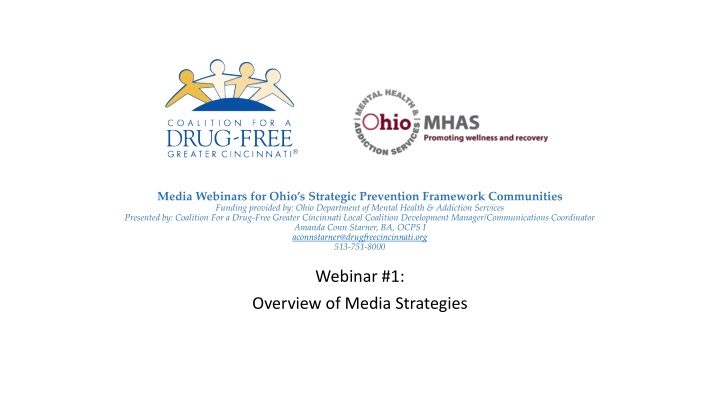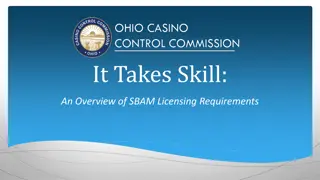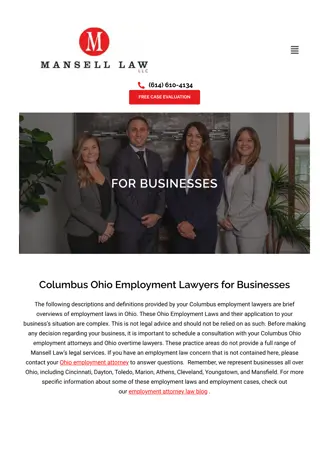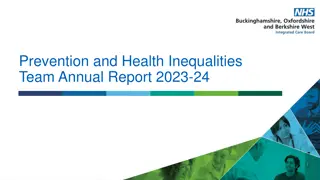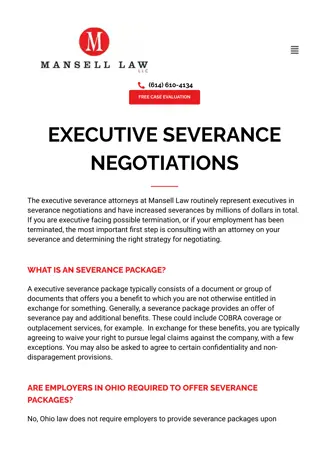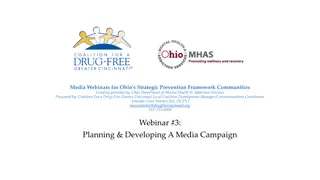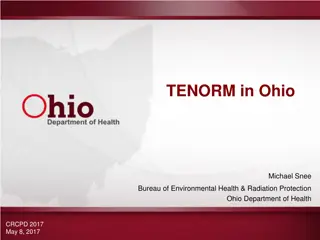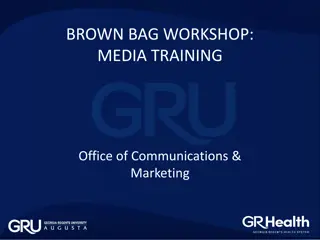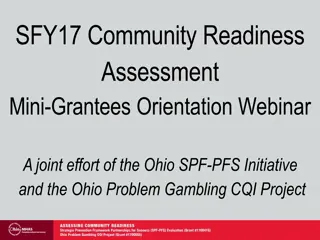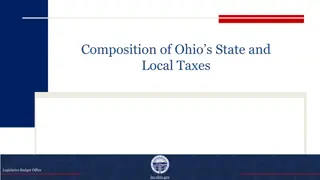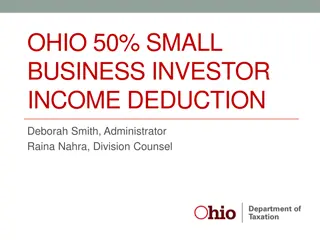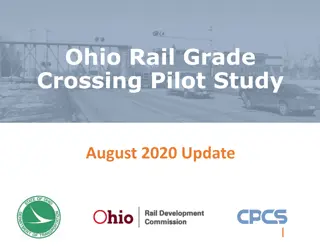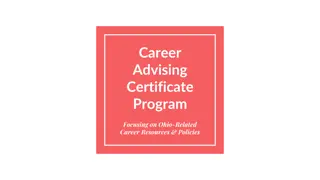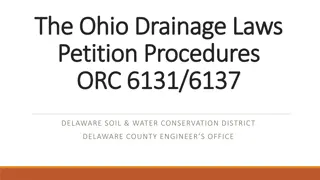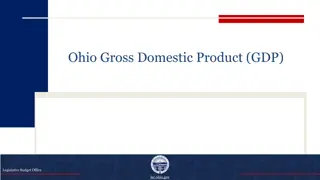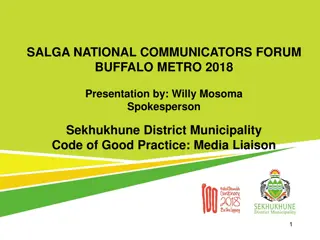Media Strategies for Ohio's Prevention Framework Communities
Media strategies for Ohio's Strategic Prevention Framework Communities, funded by the Ohio Department of Mental Health & Addiction Services. Learn about assessing the C.A.M.P. model, mapping your media market, public education campaigns, and the impact of media on community readiness. Discover examples of media to raise awareness and engage your target audience effectively."
Download Presentation

Please find below an Image/Link to download the presentation.
The content on the website is provided AS IS for your information and personal use only. It may not be sold, licensed, or shared on other websites without obtaining consent from the author.If you encounter any issues during the download, it is possible that the publisher has removed the file from their server.
You are allowed to download the files provided on this website for personal or commercial use, subject to the condition that they are used lawfully. All files are the property of their respective owners.
The content on the website is provided AS IS for your information and personal use only. It may not be sold, licensed, or shared on other websites without obtaining consent from the author.
E N D
Presentation Transcript
Media Webinars for Ohios Strategic Prevention Framework Communities Funding provided by: Ohio Department of Mental Health & Addiction Services Presented by: Coalition For a Drug-Free Greater Cincinnati Local Coalition Development Manager/Communications Coordinator Amanda Conn Starner, BA, OCPS I aconnstarner@drugfreecincinnati.org 513-751-8000 Webinar #1: Overview of Media Strategies
Overview of Media Strategies Assessing C.A.M.P. Model: Our focus will be on the M. Strategies that provide information through media messages
Mapping Your Media Market Take a look at the picture. Where are you in the media market in Ohio? Where could you receive coverage? What media outlets are at your disposal?
Public Education Campaigns Public education campaigns= one way messaging through various communication avenues to increase the awareness about a problem, consequence, or to change misperceptions about the community norms. Communities are more ready to accept and change for the good Current attitudes/desired attitudes How does your target audience behave now? Why is that attitude present? What tangible behavior change do you want? How will you see it? Surveys needed post-media campaign
Media Impact on Community Readiness Powerful impact media can have on community readiness Mass media market at your fingertips to reach not only targeted areas (i.e. neighborhood, zip codes), but can blanket a region to help reinforce positive behaviors around a particular area Nine Levels of Community Readiness: 1) No Awareness 2) Denial/Resistence 3) Vague Awareness 4) Pre-Planning 5) Preparation 6) Initiation 7) Stabilization 8) Confirmation/Expansion 9) High level of community ownership Bring in media professionals aware of the issue/discipline of drug prevention Potential news story from a media campaign
Media Impact on Community Readiness Examples of media to raise community readiness: Zip code targeted email/media web banner campaign Postcards mailed to particular neighborhoods Signage in a particular area Think of media as the modern day town crier or a person with a mega-phone in your community. Compliments your existing grassroots work with a message delivered in a visual and/or audio polished format.
Social Media Vs. Social Marketing Campaigns Social norm campaign focuses on: individuals behavior Influenced by their perceptions of what is normal or typical. Problem is that we often misperceive typical behaviors or attitudes of our peers. Example: teens believe that a majority of their peers smoke, then they are more likely to smoke. Campaign uses social norms marketing to inform people that the majority of their peers don t smoke, which can lead them to avoid smoking.
Social Media Vs. Social Marketing Campaigns Social marketing is based on the same principles used to sell a commercial product. Use commercial methods to improve social problems. Marketing s standard 4Ps: Product, price, place, promotion to changing behavior in an audience Product= Not necessarily physical with public health-can be services or practices Price= what does the consumer need to do to obtain the social marketing product Place= where does the consumer get the message Promotion= create and sustain demand for the product
